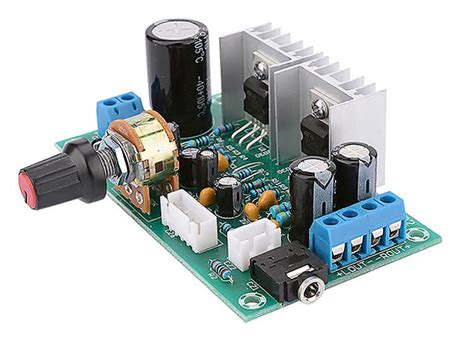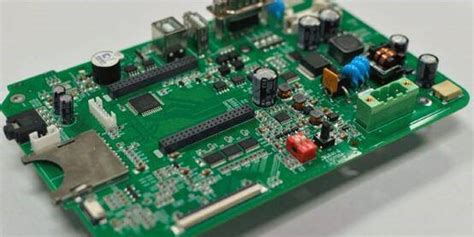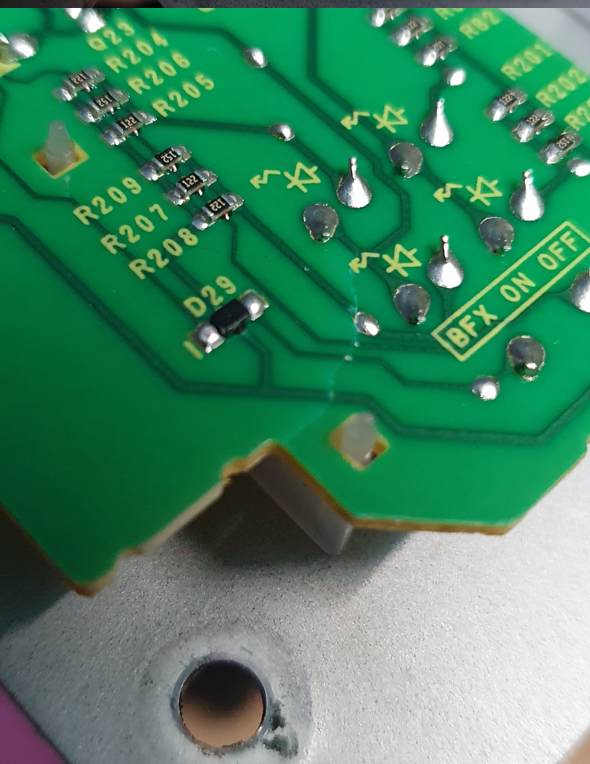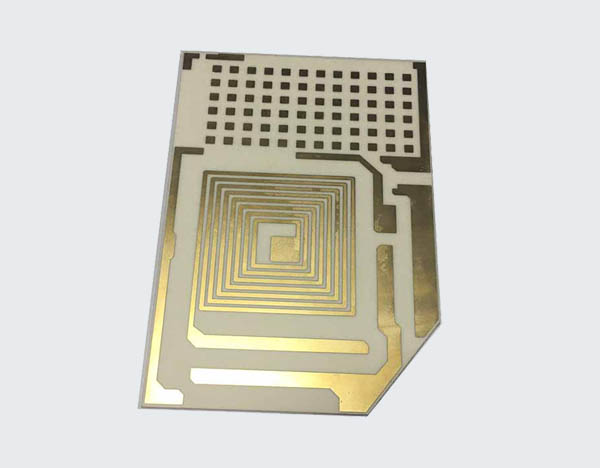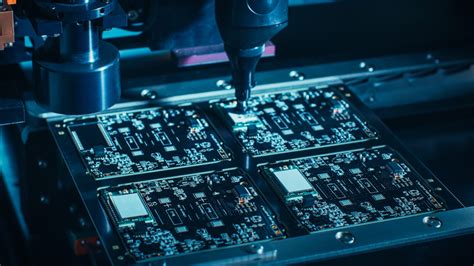Essential Guide to Circuit Card Manufacturing Process

Key Takeaways
Understanding the pcb manufacturing process is crucial for anyone involved in the electronics industry. From pcb manufacturing companies to individuals looking to start their own pcb manufacturing business, knowing the foundational steps involved can significantly influence your project outcomes. The journey begins with the design of the printed circuit board (PCB), leading to essential steps like etching, layering, and drilling. Each of these processes requires specific expertise to ensure that the final product meets all functional and regulatory standards. Being aware of the pcb manufacturing cost can also help you make informed decisions when choosing a partner or setting up your own facility. With proper knowledge of materials and components necessary for circuit card assembly, you can optimize both performance and efficiency in your projects. Always remember that staying updated on future trends in circuit card manufacturing technology will not only enhance your capabilities but also position you competitively within this evolving landscape.
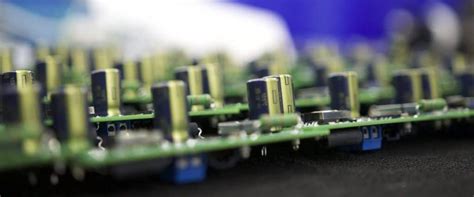
Introduction to Circuit Card Manufacturing
In today’s technology-driven world, pcb manufacturing plays a crucial role across various industries, supporting everything from consumer electronics to advanced machinery. This intricate process begins with the design and development of printed circuit boards (PCBs), which serve as the backbone of electronic devices. Understanding the pcb manufacturing business is essential for anyone looking to engage in this area, whether you are a potential investor or an engineer aiming to improve your skills. The collaboration between skilled workforce and cutting-edge technology enables pcb manufacturing companies to produce circuit cards efficiently and economically, ultimately influencing the pcb manufacturing cost associated with different projects. As you delve deeper into this field, you will appreciate how vital proper assembly techniques and quality control measures are for ensuring that each component functions reliably within its designated application. Mastering these elements not only enhances productivity but also sets the stage for innovation in electronic design and manufacturing processes.
Overview of Printed Circuit Boards (PCBs)
Printed Circuit Boards, or PCBs, are fundamental components in the realm of pcb manufacturing. They serve as a backbone for electronic devices, providing connections between various electronic components. Essentially, a PCB is a flat board made of insulating material, onto which copper pathways are etched to create conductive tracks. This allows electricity to flow between elements such as resistors and capacitors.
When you delve into the pcb manufacturing process, you discover the intricate interplay of design and engineering. The quality and performance of your final product can often hinge on the expertise and technologies employed during this production phase. PCB manufacturing companies utilize advanced software for designing layouts that maximize space while ensuring efficient functionality.
It’s important to consider factors such as pcb manufacturing cost when selecting a provider, as these can vary significantly based on complexity, materials used, and production volume. Understanding these costs not only helps in budgeting but also influences decisions regarding your pcb manufacturing business strategy.
“Investing in quality PCB production ensures the reliability of electronic devices and ultimately customer satisfaction.”
The table below highlights essential aspects that characterize PCBs:
| Feature | Description |
|---|---|
| Material | Commonly made from fiberglass or epoxy resin |
| Thickness | Varies typically from 0.5 mm to 3 mm |
| Layers | Can range from single-layer to multi-layer |
| Surface Treatment | Options include HASL, ENIG, OSP |
In summary, recognizing the critical role of PCBs in electronic systems emphasizes their significance in both innovation and day-to-day applications across diverse industries. As you explore this area further, understanding each step will enhance your insights into effective circuit card assembly and its impact on electronic product quality. For additional details about circuit card assembly services, you may refer to Andwin PCB.
Key Steps in the Circuit Card Assembly Process
The circuit card assembly (CCA) process consists of several essential steps that ensure the efficient production of printed circuit boards (PCBs). Initially, the process begins with designing the PCB layout, where your specifications and requirements will be meticulously translated into a design that meets both performance and regulatory standards. Following this, the fabrication phase takes place, where pcb manufacturing companies utilize advanced machinery to create the layers that form your circuit board. The next critical step is component placement, involving precise positioning of electronic components onto the board, often achieved through automated processes.
Once everything is set in place, soldering follows to secure these components firmly. This step is crucial as it affects the longevity and reliability of your circuits. After soldering, a series of thorough checks are performed to ensure quality and functionality—this is where industry standards for quality control come into play. These checks could include visual inspections, functional testing, and using advanced inspection technologies.
Additionally, being aware of pcb manufacturing costs is vital at this stage, as it can impact production decisions. Finally, once all inspections are successfully completed, you move onto packaging and shipping your final product to clients or integrating it into larger systems for various applications in industries ranging from consumer electronics to automotive systems. Mastery of these steps not only highlights the complexities of the pcb manufacturing business, but also showcases the critical expertise needed for effective assembly in today’s tech-driven world.
Essential Materials and Components Used in CCA
In the realm of pcb manufacturing, the selection of materials and components plays a crucial role in determining the quality and efficiency of the final product. When embarking on the pcb manufacturing business, you need to consider various materials, including substrates, conductive traces, and coatings. The most commonly used substrate material is FR-4, a glass-reinforced epoxy laminate known for its excellent electrical insulation properties and mechanical strength. Alongside substrates, solder masks help protect the conductive pathways on the PCB while enhancing their durability.
Additionally, you’ll encounter several essential components in circuit card assembly (CCA), such as resistors, capacitors, and integrated circuits. These components must meet specific specifications to ensure optimal performance. Collaborating with reliable pcb manufacturing companies can further streamline this process, ensuring that you have access to high-quality materials that adhere to industry standards.
It is worth noting that understanding pcb manufacturing cost is also fundamental for budget planning. The materials you choose directly influence these costs; hence investing in quality components may lead to long-term savings through reduced failure rates and improved reliability. By carefully selecting your materials and components, you can elevate your CCA processes and overall product quality in your pcb manufacturing endeavors.

Industry Applications of Circuit Card Manufacturing
The realm of circuit card manufacturing plays a pivotal role across various industries, underpinning the technological innovations we experience daily. From consumer electronics to industrial machinery, the impact of printed circuit boards (PCBs) is profound. In the aerospace sector, reliable and high-performance PCBs are crucial for avionics systems that demand precision and durability. Similarly, in the automotive industry, pcb manufacturing enables the development of advanced driver-assistance systems and electric vehicle technologies, ensuring safety and enhancing vehicle efficiency.
Furthermore, the healthcare field benefits greatly from pcb manufacturing companies that supply PCBs for medical devices, where reliability is a matter of life or death. The telecommunications industry leverages sophisticated circuit cards for networking equipment—an essential component for maintaining seamless connectivity in our increasingly digital world. Notably, as you consider options within the pcb manufacturing business, understanding how these applications influence costs will be essential to making informed decisions regarding production strategies.
By recognizing these diverse applications, you can appreciate not only the technological advancements facilitated by effective circuit card assembly but also the intricate skills required to bring these innovations to life in a cost-effective manner while maintaining high standards of quality and performance.
Expertise and Skills Required for Effective CCA
To navigate the pcb manufacturing landscape successfully, you must equip yourself with a specific set of expertise and skills. Firstly, a deep understanding of electronic principles is crucial, as it forms the foundation for working effectively with circuit cards. Familiarity with design software used in pcb manufacturing will also greatly enhance your capability, allowing you to create and modify layouts that maximize functionality while minimizing costs. Additionally, an understanding of materials used in pcb manufacturing is essential; different substrates and soldering techniques can vary substantially in terms of durability and effectiveness.
Moreover, knowledge about the operational processes within pcb manufacturing companies can significantly impact your production outcomes. You should also develop skills in quality control measures to ensure that each assembly meets stringent industry standards. Understanding cost management will directly influence your ability to assess pcb manufacturing cost, enabling you to make informed decisions that keep your pcb manufacturing business competitive. Finally, ongoing education regarding emerging technologies and trends within the industry will help you stay ahead of the curve, positioning yourself as a valuable asset in any team focused on circuit card assembly.
Quality Control Measures in Circuit Card Production
Quality control is a pivotal element in the pcb manufacturing process, ensuring that every printed circuit board meets stringent standards and functions reliably in its intended application. To maintain high levels of quality, you need to implement a range of meticulous inspection protocols at various stages of production. PCB manufacturing companies often adopt practices such as Automated Optical Inspection (AOI), where machines scrutinize circuit boards for defects in solder, alignment, and trace integrity. This technology plays a crucial role in detecting anomalies before the final assembly stage, thus minimizing the pcb manufacturing cost associated with rework or defective products.
Moreover, rigorous testing methods such as Electrical Testing and Functional Testing are critical for validating the performance of each board. These processes assess whether the circuit board performs its intended functions under actual operating conditions, which is essential for industries that require high reliability. In your pcb manufacturing business, embedding these quality control measures not only enhances product performance but also establishes your reputation as a trusted supplier amid fierce market competition.
In addition to technological inspections, training personnel to recognize potential quality issues further strengthens your overall quality assurance efforts. Continuous training ensures that your team is well-versed in industry standards and can inspect each board with the attention to detail it requires. Ultimately, adopting effective quality control measures will set your pcb manufacturing processes apart and contribute significantly to customer satisfaction and retention in a rapidly evolving marketplace.
Future Trends in Circuit Card Manufacturing Technology
As industries continue to evolve, the pcb manufacturing sector is poised to experience transformative changes driven by technological advancements. One of the most significant trends is the adoption of more sophisticated automation techniques, which not only enhance efficiency but also reduce the pcb manufacturing cost. By integrating robotics and artificial intelligence into production lines, you can expect a high level of precision and speed in the assembly process, thereby elevating the overall output quality.
Moreover, pcb manufacturing companies are increasingly focusing on sustainable practices. Implementing eco-friendly materials and processes is becoming imperative for businesses aiming to meet regulatory requirements and consumer preferences. This shift not only improves environmental impact but can also create a competitive advantage in an increasingly conscientious market.
Additionally, as electronic devices become smaller yet more powerful, there is a greater demand for multilayer boards and pcb manufacturing solutions that can accommodate more complex designs. This trend necessitates ongoing investment in research and development within your own pcb manufacturing business, ensuring that you stay ahead of competitors who may not adapt quickly enough.
The rise of the Internet of Things (IoT) also plays a crucial role in shaping future trends. As more devices become interconnected, there will be a higher demand for specialized PCBs tailored for various applications within this ecosystem, impacting your strategic planning in pcb manufacturing processes.
In summary, keeping an eye on these future trends can help you navigate the dynamic landscape of circuit card manufacturing effectively while maximizing both profitability and sustainability.
Conclusion
In conclusion, understanding the pcb manufacturing process is crucial for anyone involved in the electronics sector, whether you’re a manufacturer or a consumer of technology. The intricate steps involved in producing printed circuit boards (PCBs) highlight the skills and expertise necessary to navigate this complex field. When considering different pcb manufacturing companies, it’s important to weigh factors like pcb manufacturing cost, quality control, and design capabilities to ensure you select a partner that aligns with your specific needs. Recognizing the significance of a well-executed pcb manufacturing business strategy can significantly impact not only production efficiency but also innovation within your products. As you explore the landscape of PCB production, remember that continuous improvement and adaptation to emerging technologies will be key in maintaining competitive advantage.

FAQs
What is the importance of PCB manufacturing?
PCB manufacturing is crucial as it delivers the backbone of most electronic devices. The process ensures that your devices can effectively communicate and function as intended.
What factors affect PCB manufacturing cost?
The pcb manufacturing cost can be influenced by several factors including design complexity, the number of layers in the board, materials used, and volume of production. Bulk production tends to reduce costs significantly.
How do I choose the right PCB manufacturing companies?
When selecting pcb manufacturing companies, consider their expertise in handling different types of boards, turnaround times, and customer reviews. Quality accreditation and capabilities to meet your specific needs are also essential.
What materials are used in PCB manufacturing?
Common materials used in pcb manufacturing include FR-4, which is a glass-reinforced epoxy laminate, copper for electrical pathways, and a variety of soldering materials for assembly.
Is it feasible to start a PCB manufacturing business?
Starting a pcb manufacturing business can be rewarding but requires significant investment in technology and expertise. Understanding market demands will also be vital for success.
For more insightful information on this topic, please visit our site.

